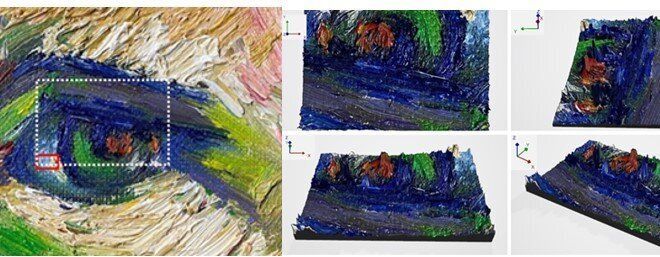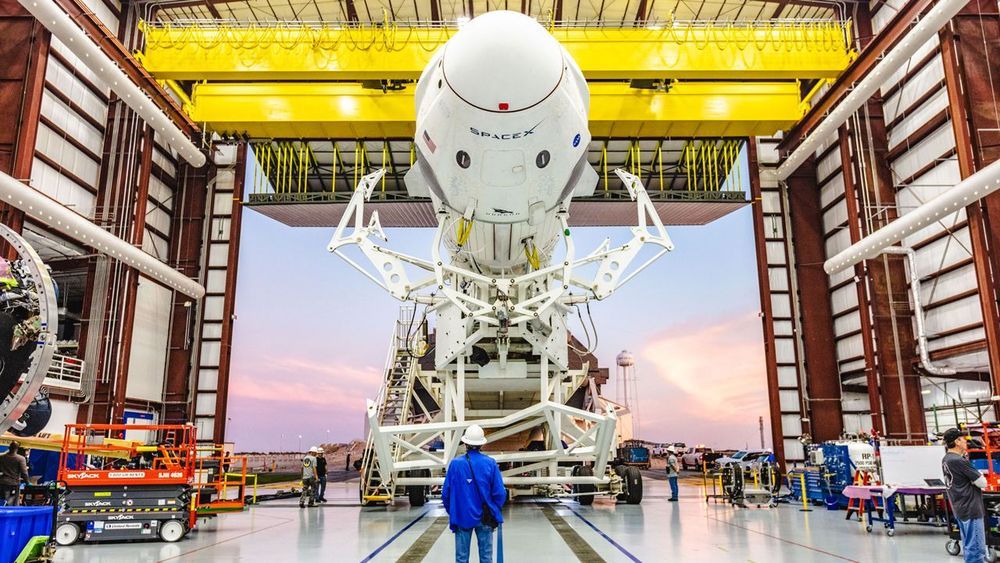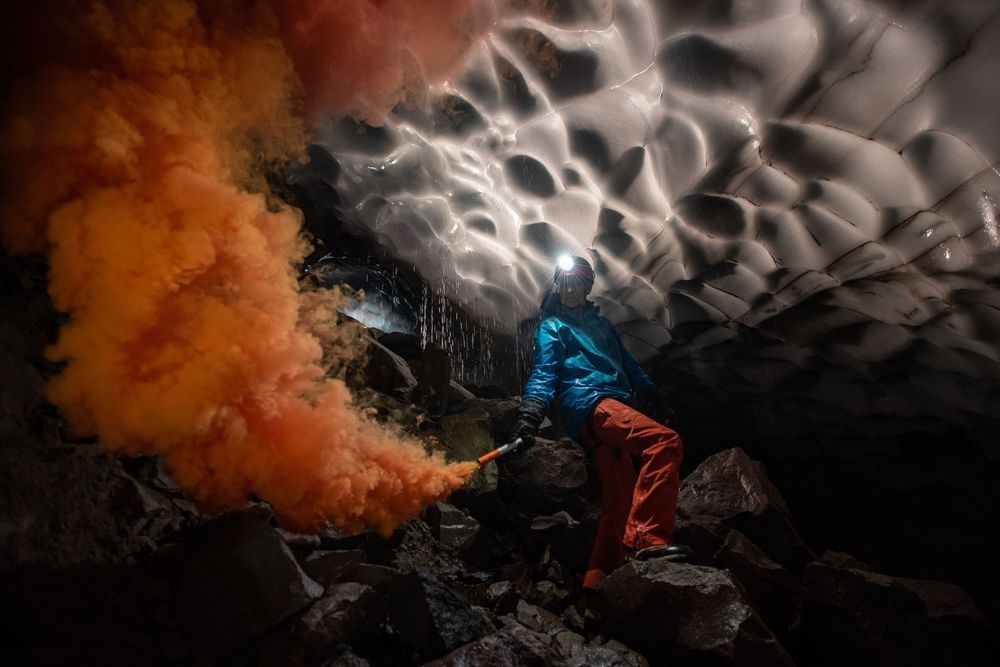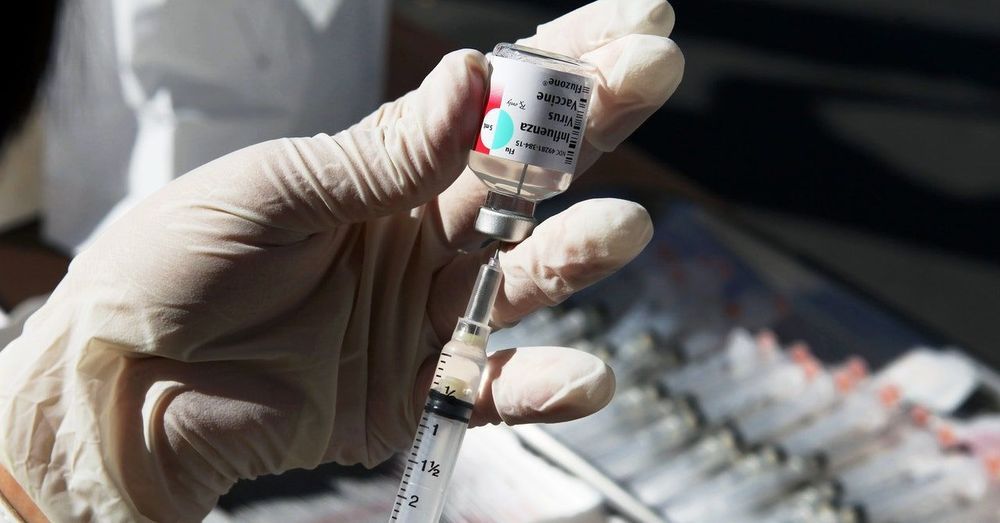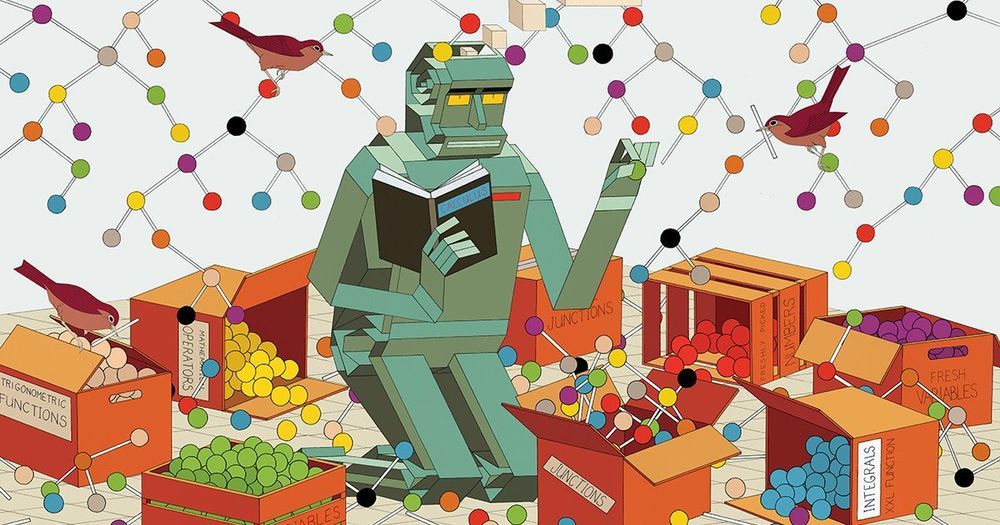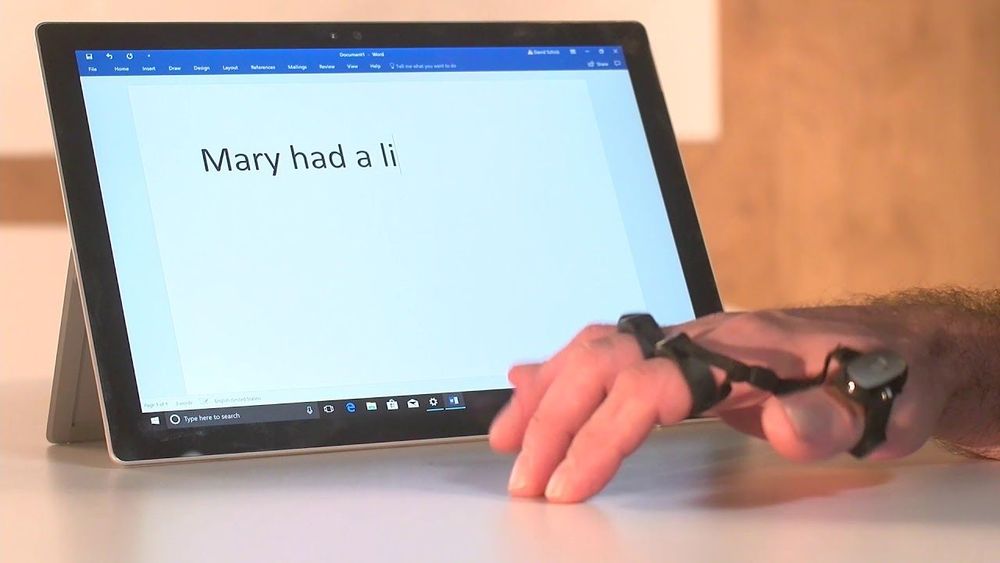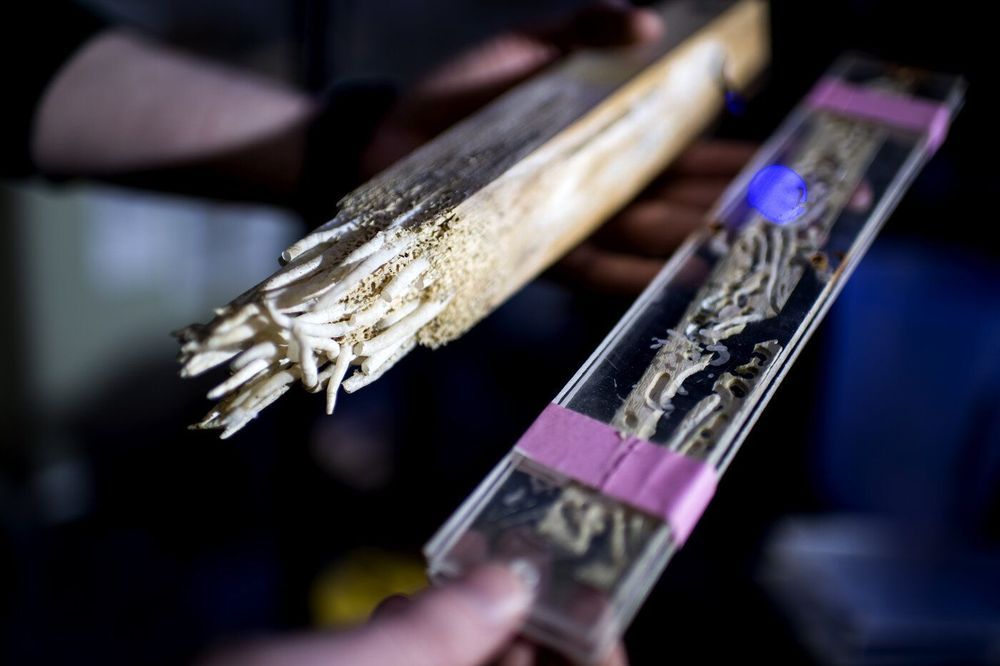May 21, 2020
Laser-based technique captures 3D images of impressionist-style brushstrokes
Posted by Saúl Morales Rodriguéz in categories: media & arts, security
Researchers have developed a new strategy that uses optical coherence tomography (OCT) to acquire both the surface and underlying details of impressionist style oil paintings. This information can be used to create detailed 3D reconstructions to enhance the viewing experience and offer a way for the visually impaired to experience paintings.
“Visitors to art museums can’t closely examine paintings and see the artists’ techniques because of security and conservation concerns,” said research team leader Yi Yang from Penn State Abington. “Our new technology can create 3D reconstructions that can be rotated and magnified to view details such as brushstrokes. This would be especially useful for online classes.”
Yang and colleagues from Penn State University Park and New Jersey Institute of Technology report the new technique in the Optical Society journal Applied Optics. The research team brought together specialists in art history and conservation with electrical and optical engineers.
